Introduction to Management: Motivation and Organizational Design
VerifiedAdded on 2020/05/16
|5
|946
|78
Essay
AI Summary
The essay provides a comprehensive analysis of critical aspects of management: motivating self and others, organizing work efficiently, executing strategies effectively, and ethical leadership. Motivation is presented as a complex yet essential part of organizational success, with frameworks like motivation, empowerment, and engagement highlighted. The diversity in employee needs necessitates personalized managerial approaches to balance tangible rewards such as incentives and intangible rewards like moral support. Organizational design emphasizes the importance of departmentalization for efficiency across various business operations. Execution strategies are discussed through people, operation, and strategy processes emphasizing time management. Lastly, ethical leadership underscores the responsible use of power in organizations, advocating for persuasion over domination, with attention to ethical dilemmas.
1 out of 5
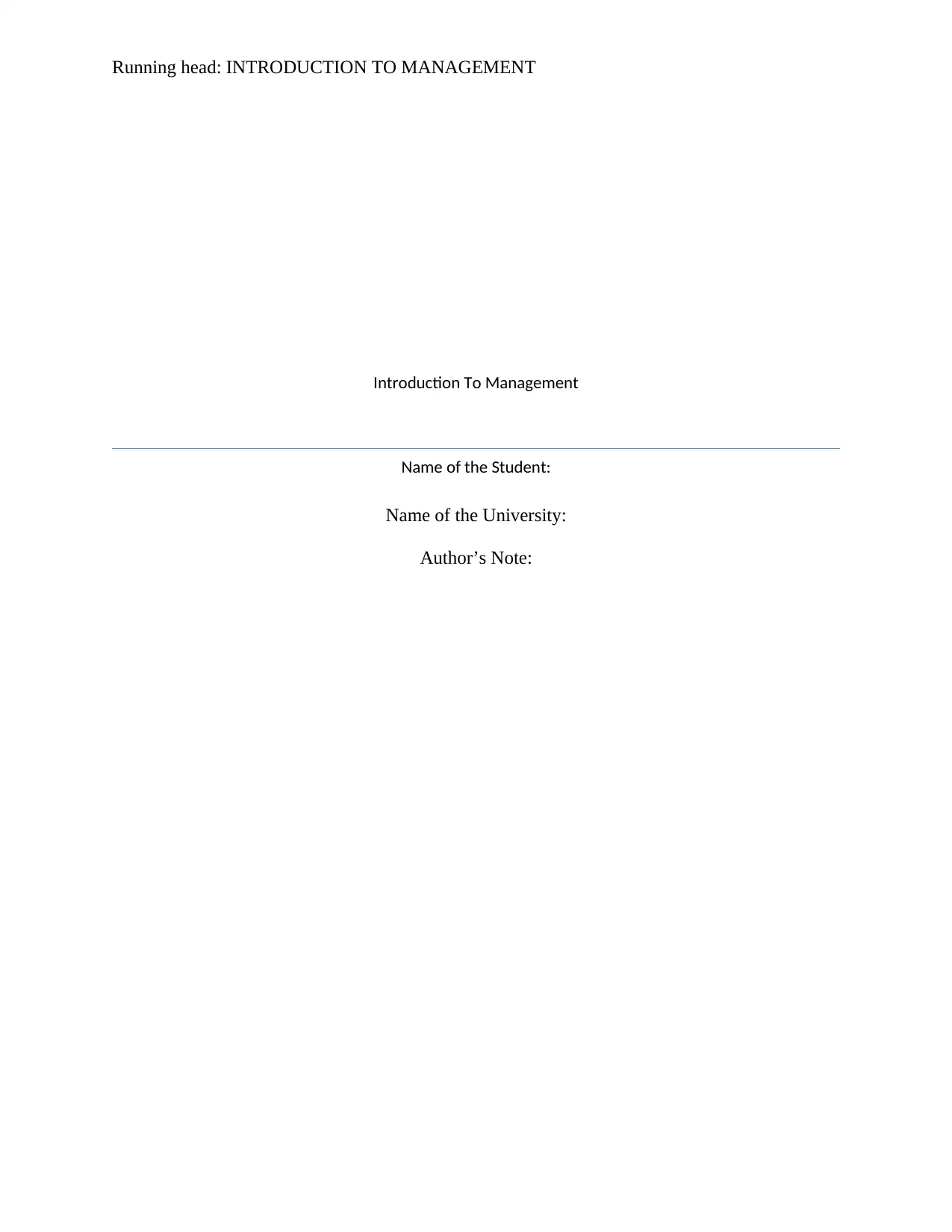
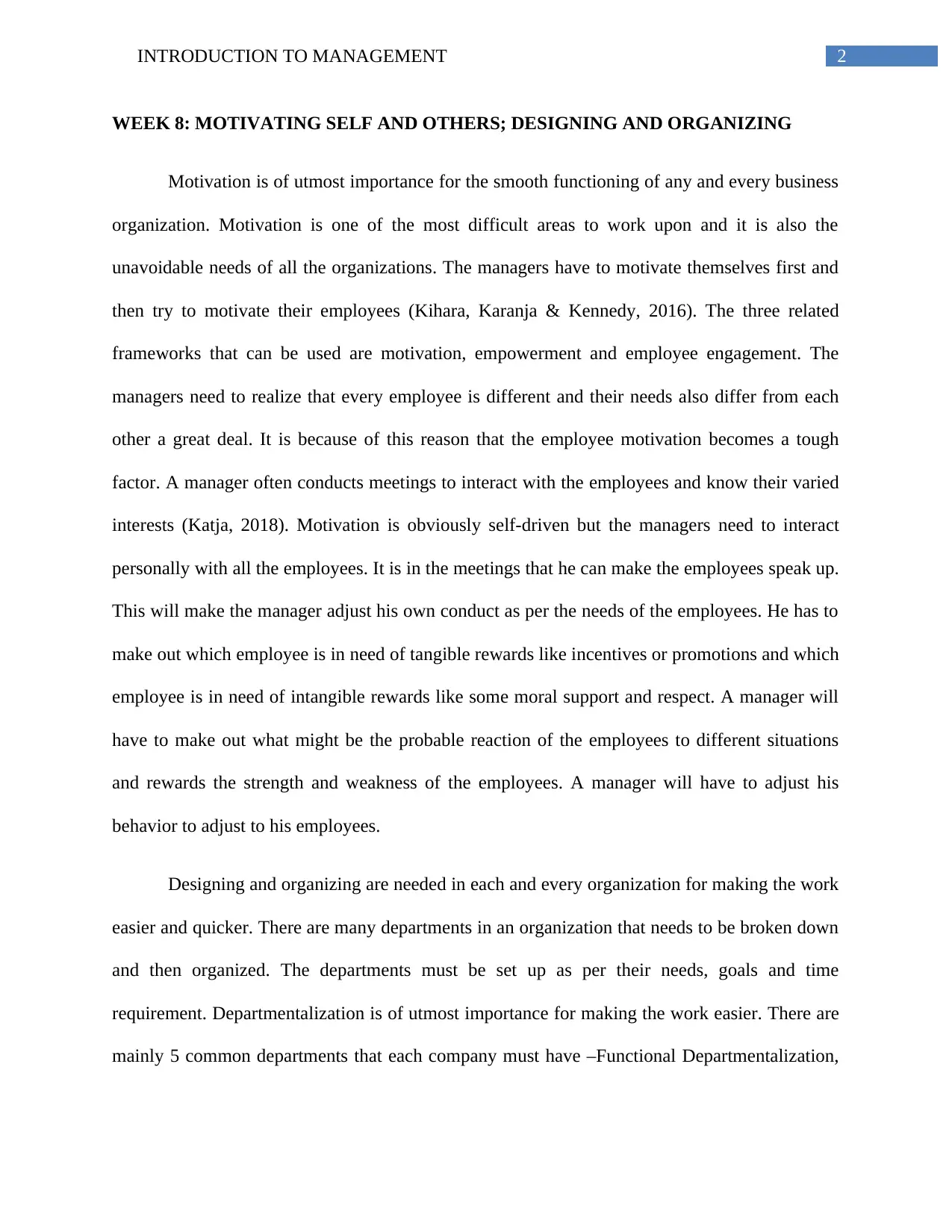
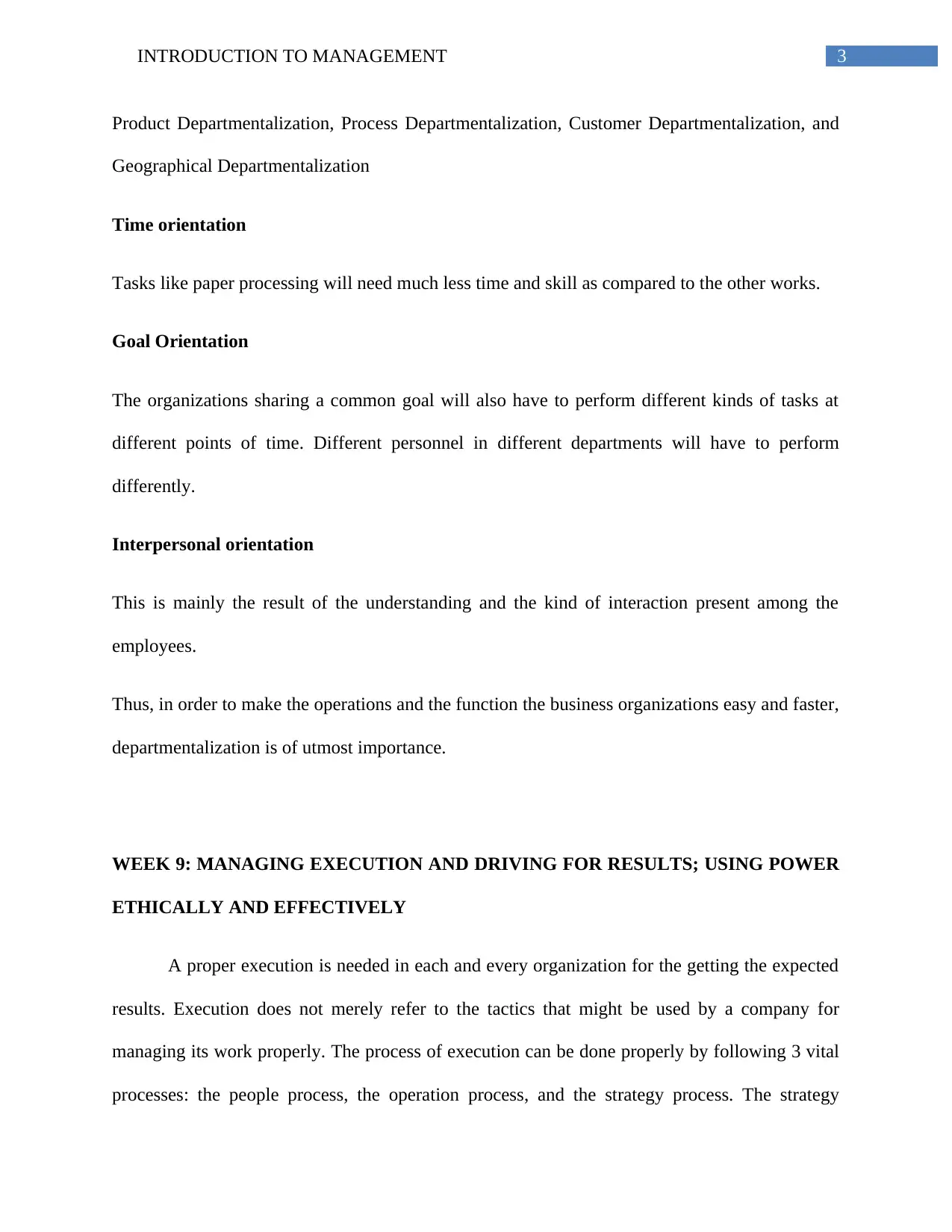
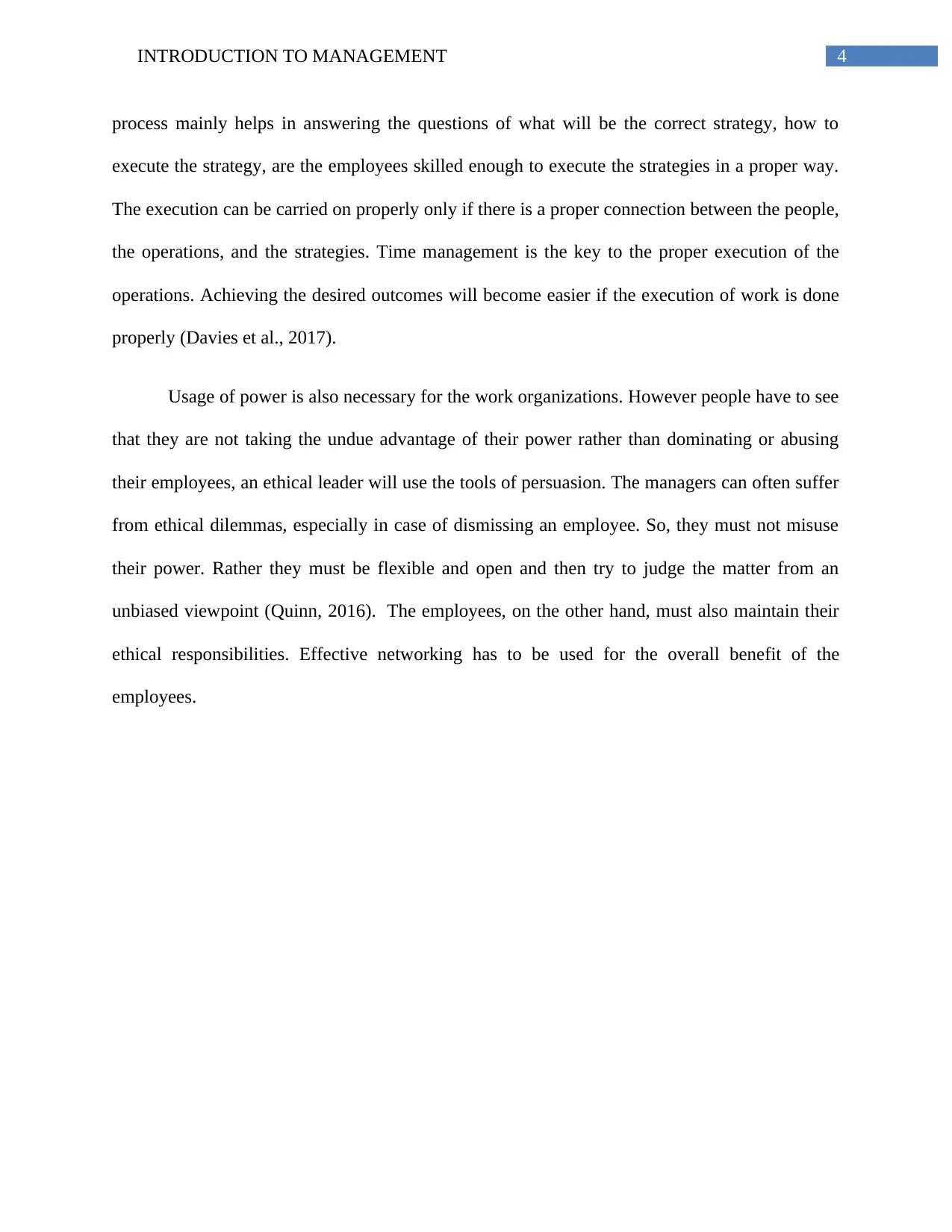
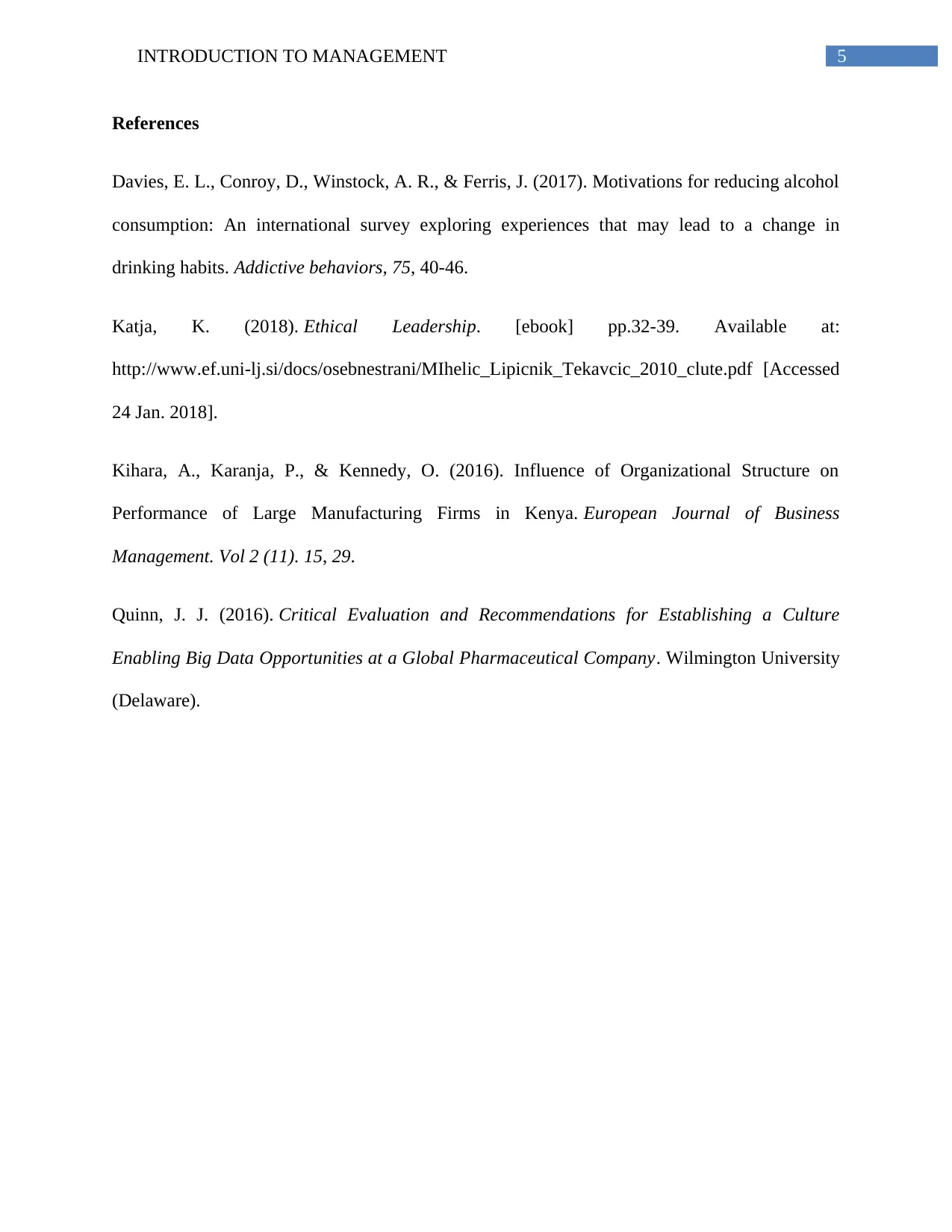





![[object Object]](/_next/static/media/star-bottom.7253800d.svg)